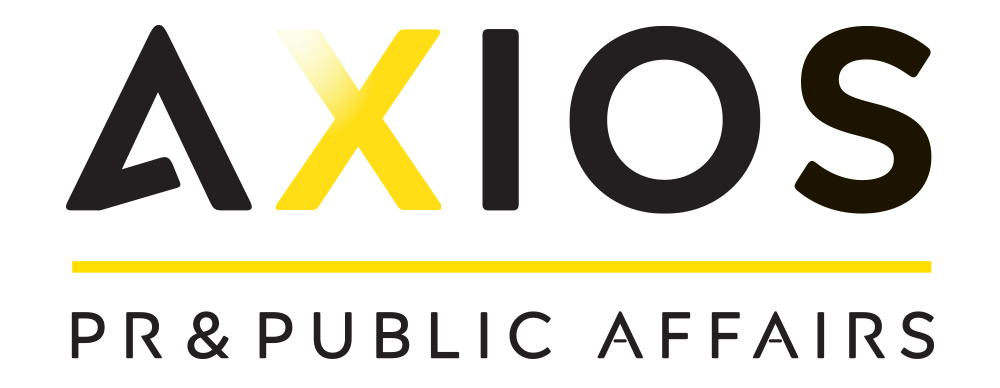The perfect storm in business – how corporate crises are born
Every day, executives handle situations that pose risks to their companies, many with legal implications. Some of these situations develop into full-blown crises: an event or series of unforeseen events that threaten to cause significant damage to a company's reputation, operations, or financial viability.
According to a PwC study, companies with over 5,000 employees face, on average, one major crisis per year. It is, therefore, essential to have a deep understanding of the root causes behind these situations.
The most common types of crises are either operational, involving major disruptions to activities, or financial, driven by poor financial performance, fraud, or corruption. Other crises may be linked to external factors, such as regulatory changes or various global events.
Crises are a test of a company's resilience, and a closer analysis often reveals much deeper, systemic causes -frequently overlooked but made obvious during a major crisis.
The operational nature of crises is just the tip of the iceberg
Operational crises are most often the result of accumulated factors, not isolated incidents. Technical failures, for example, may be a symptom of a lack of continuous investment in infrastructure or poor risk management of technological threats. Supply chain issues may suggest a lack of diversification among suppliers or a reactive approach to commercial relationships.
Beneath the operational crisis often lies an organizational culture that has allowed vulnerabilities to accumulate. In many cases, employees recognize issues long before they become critical, but fear of repercussions or the belief that their warnings will not be taken seriously lead them to remain silent. An organization that tolerates or encourages this mentality creates the ideal context for crises.
Companies facing financial crises often have a high appetite for risk, perhaps coupled with a lack of a clear governance framework or decisions lacking transparency.
Regulatory changes, global events, or geopolitical crises are often seen as external factors beyond the company’s control. However, well-managed companies make efforts to anticipate external changes as much as possible.
The erosion of trust – a slow and steady impact
One often overlooked aspect in assessing the impact of crises is the loss of stakeholder trust. Even if this doesn't immediately affect the financial situation, it has long-term consequences. If partners, employees, customers, or investors begin to question the company’s integrity or competence, it will gradually lose ground in the market. Crises are amplified through public exposure. Often, a situation that initially does not constitute a crisis becomes one when it is scrutinized by the press and social media.
This is where the critical tandem of legal and communication teams comes into play, as the risk of reputation loss requires a synchronized approach. A legal strategy disconnected from stakeholder perceptions, or a communication approach that ignores legal risks, will inevitably lead to failure. An integrated approach can protect and, when needed, help restore a company’s image.
Crisis preparation is more than just an exercise
Preparing for crises is not just an exercise; it offers the opportunity to refine internal processes so that, ideally, the company manages the crisis, rather than simply witnessing its unfolding.
In conclusion, crises are not just unpredictable, external events; they are often a reflection of a company’s internal weaknesses. A strong organizational culture, leadership grounded in accountability, and anticipating systemic vulnerabilities can prevent the escalation of a minor issue into a major crisis.
This article was published on Juridice.ro
